
Benjamin Sachs is the Kestnbaum Professor of Labor and Industry at Harvard Law School and a leading expert in the field of labor law and labor relations. He is also faculty director of the Center for Labor and a Just Economy. Professor Sachs teaches courses in labor law, employment law, and law and social change, and his writing focuses on union organizing and unions in American politics. Prior to joining the Harvard faculty in 2008, Professor Sachs was the Joseph Goldstein Fellow at Yale Law School. From 2002-2006, he served as Assistant General Counsel of the Service Employees International Union (SEIU) in Washington, D.C. Professor Sachs graduated from Yale Law School in 1998, and served as a judicial law clerk to the Honorable Stephen Reinhardt of the United States Court of Appeals for the Ninth Circuit. His writing has appeared in the Harvard Law Review, the Yale Law Journal, the Columbia Law Review, the New York Times and elsewhere. Professor Sachs received the Yale Law School teaching award in 2007 and in 2013 received the Sacks-Freund Award for Teaching Excellence at Harvard Law School. He can be reached at [email protected].
There are two strands of federal labor preemption, Garmon and Machinists. As the Supreme Court explained in Boston Harbor:
When we say that the NLRA pre-empts state law, we mean that the NLRA prevents a State from regulating within a protected zone, whether it be a zone protected and reserved for market freedom, see Machinists, or for NLRB jurisdiction, see Garmon.
Machinists preemption applies to conduct that Congress meant to leave entirely unregulated – unregulated by the Board and also by states and localities. Thus Machinists preemption applies to conduct that is neither protected nor prohibited by the Act; conduct that Congress meant to leave to the “free play of economic forces.” Garmon preemption, on the other hand, applies to conduct that Congress intended to be regulated by the Board. It is a doctrine of deference to the administrative agency that Congress set up to administer the Act. Thus, the Court held in Garmon:
[T]he unifying consideration of our decisions has been regard to the fact that Congress has entrusted administration of the labor policy for the Nation to a centralized administrative agency, armed with its own procedures, and equipped with its specialized knowledge and cumulative experience: ‘Congress did not merely lay down a substantive rule of law to be enforced by any tribunal competent to apply law generally to the parties. It went on to confide primary interpretation and application of its rules to a specific and specially constituted tribunal and prescribed a particular procedure for investigation, complaint and notice, and hearing and decision, including judicial relief pending a final administrative order.
By firing Board member Gwynne Wilcox, the President leaves the NLRB with only two members and thus without a quorum to operate. The question is whether Garmon preemption is still operative when there is no functioning Board. Put differently, what becomes of the zone protected for NLRB jurisdiction when there is no NLRB?
One possibility is that Board law freezes in place at the moment quorum is lost and preemption analysis proceeds accordingly: we determine whether conduct is arguably protected or prohibited by the Act according to cases that the Board has already decided.
But there is another possibility. On this second theory, it makes no sense to keep states from acting in a zone reserved for the federal administrative agency when that agency has ceased to operate. After all, if the Board is inactive for lack of a quorum, it can’t regulate anything. It’s true that its previous decisions don’t disappear, but the Board’s ability to investigate, hold hearings, and issue decisions – its ability to regulate – has been suspended. Perhaps more than anything, an NLRB without a quorum can’t enforce labor law on behalf of anyone, and so, without state or local action, everyone is left without enforceable labor law rights. Congress certainly did not intend for Board law to be static, nor for the Board to be frozen without the ability to reinterpret the Act. And Congress most assuredly did not intend for a Board, without enforcement capacity, to prevent states from exercising their own authority to regulate labor relations.
In short, on this second theory, for as long as the Board lacks a quorum, states should be free to regulate in the Garmon zone. Machinists would remain in force – its holding that some conduct must be left to the free play of economic forces is unaffected by the lack of a functioning Board.
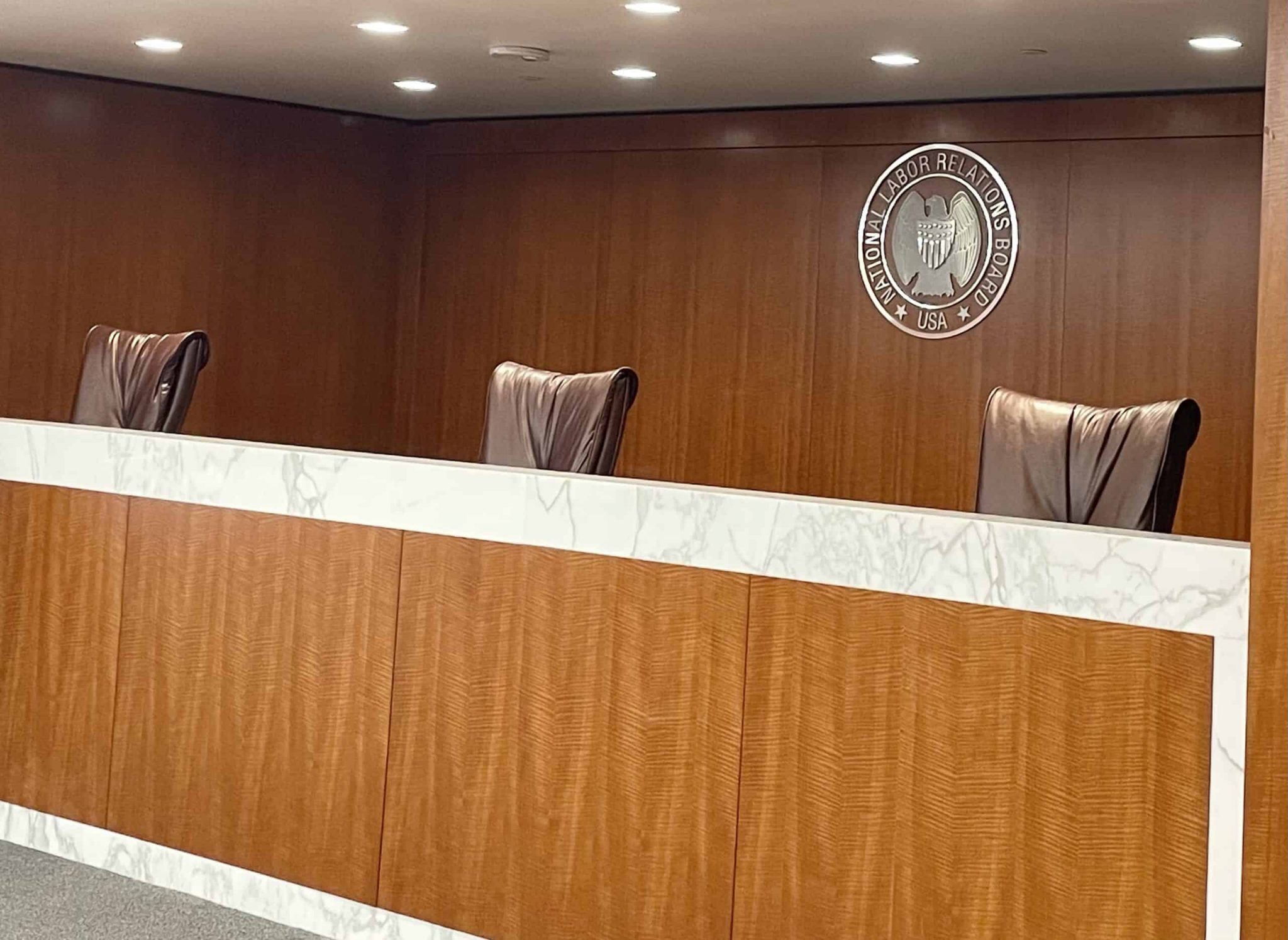
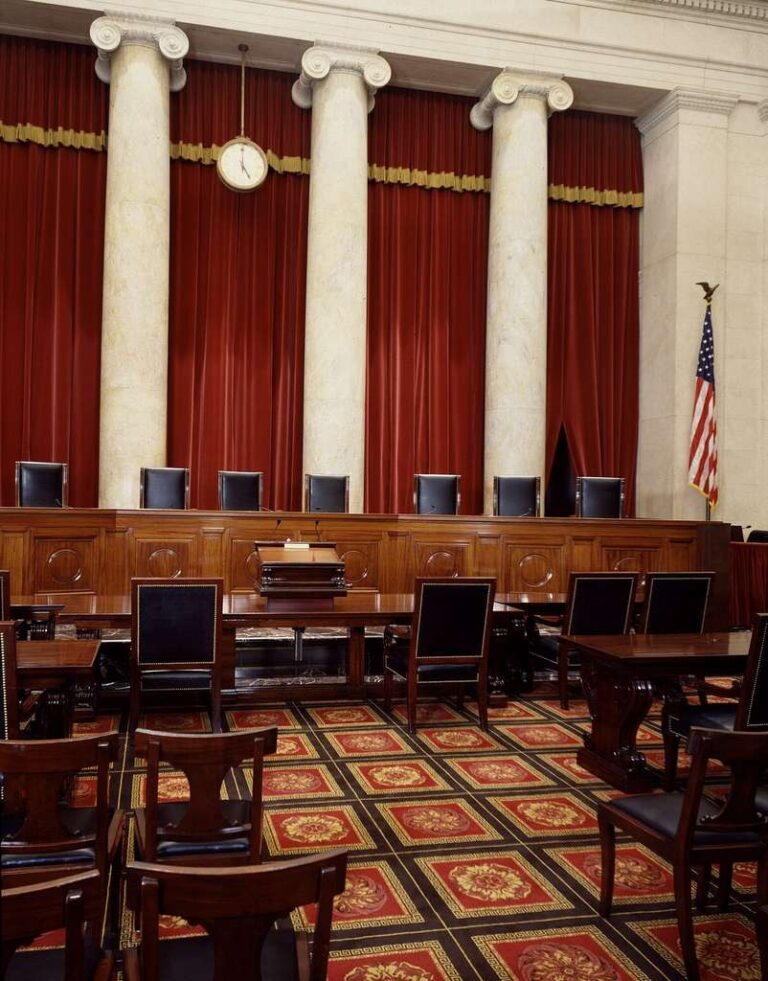
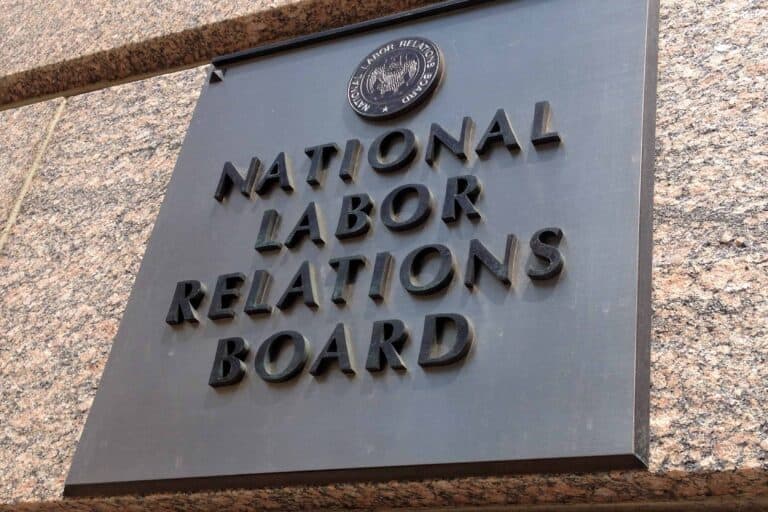

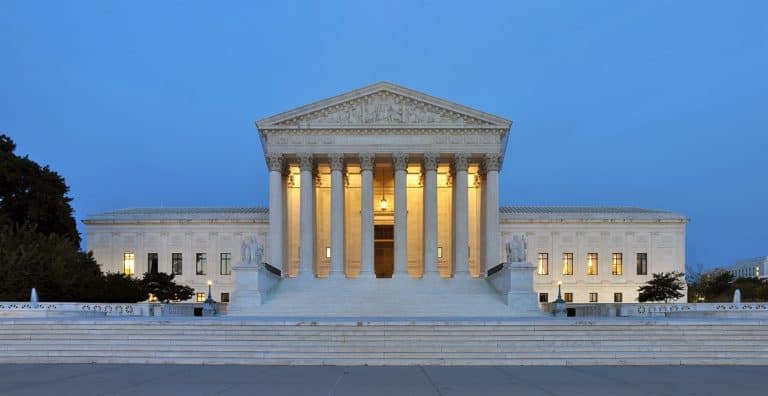



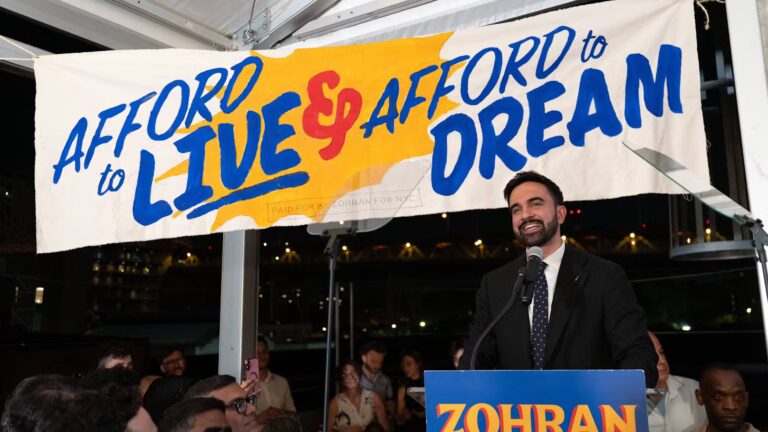

Daily News & Commentary
Start your day with our roundup of the latest labor developments. See all
December 12
OH vetoes bill weakening child labor protections; UT repeals public-sector bargaining ban; SCOTUS takes up case on post-arbitration award jurisdiction
December 11
House forces a vote on the “Protect America’s Workforce Act;” arguments on Trump’s executive order nullifying collective bargaining rights; and Penn State file a petition to form a union.
December 8
Private payrolls fall; NYC Council overrides mayoral veto on pay data; workers sue Starbucks.
December 7
Philadelphia transit workers indicate that a strike is imminent; a federal judge temporarily blocks State Department layoffs; and Virginia lawmakers consider legislation to repeal the state’s “right to work” law.
December 5
Netflix set to acquire Warner Bros., Gen Z men are the most pro-union generation in history, and lawmakers introduce the “No Robot Bosses Act.”
December 4
Unionized journalists win arbitration concerning AI, Starbucks challenges two NLRB rulings in the Fifth Circuit, and Philadelphia transit workers resume contract negotiations.